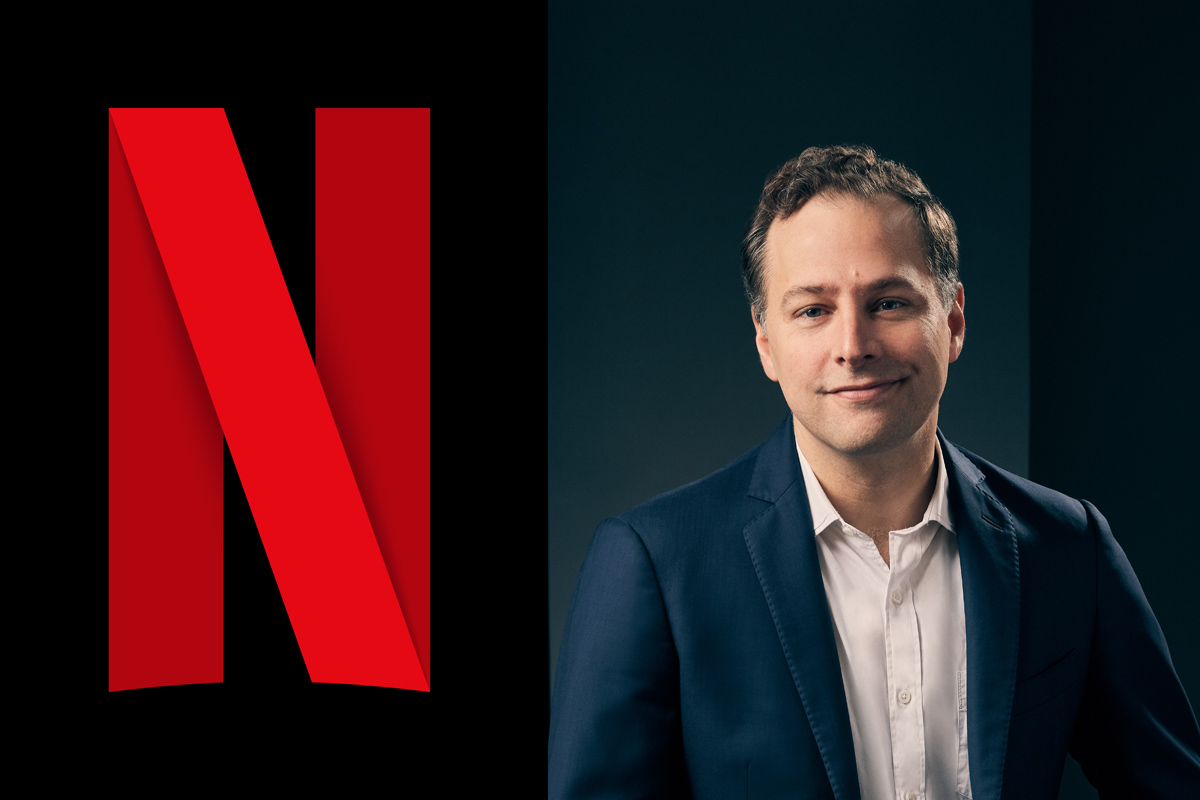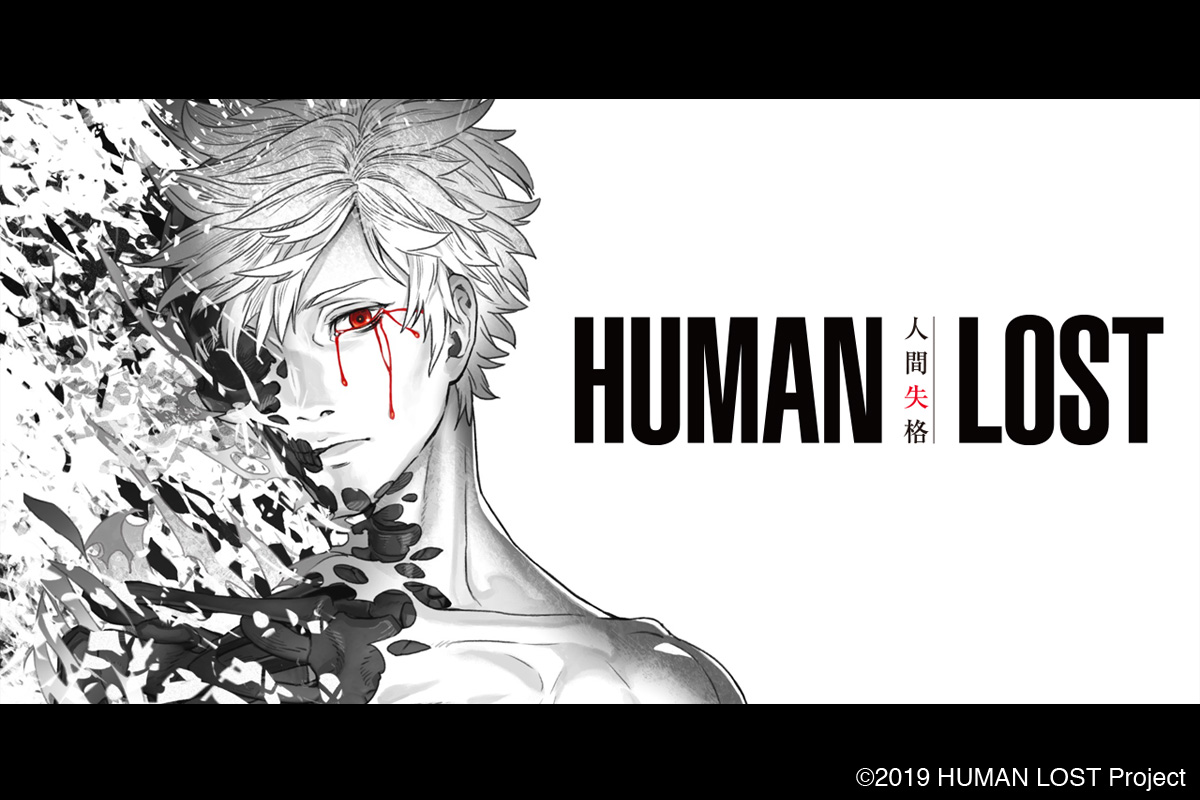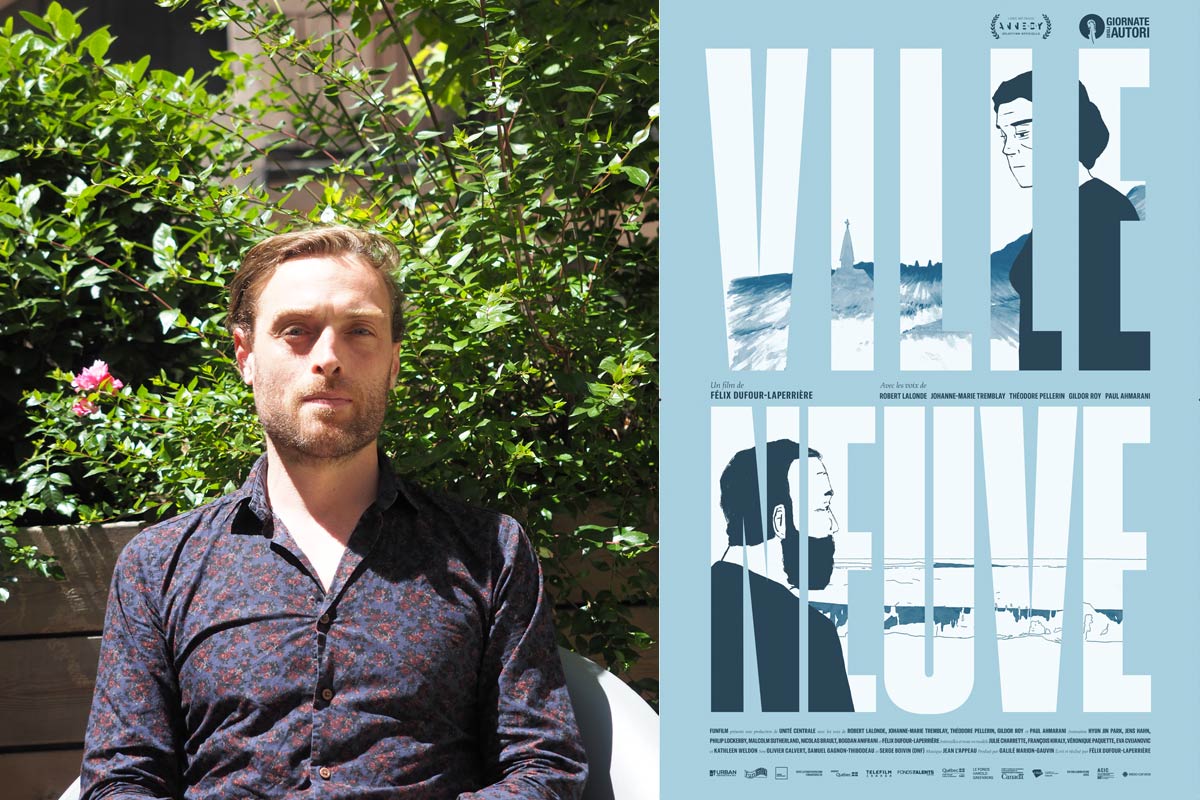Netflix, the largest online streaming medium with a large diversity of films and series in a variety of visual styles, are continually displaying their strong motives of adding animation titles from around the world to their vast video library. As part of that, they have been instrumental in bringing anime*1 titles to their huge, global audience, as well as producing original shows categorised as anime, such as the acclaimed series Devilman Crybaby (2018) directed by Masaaki Yuasa, who won the Cristal for Best Feature film at the Annecy International Animated Film Festival 2017 with the film Lu over the Wall. Netflix is also helping the evolution of animation by creating new anime-styled shows such as Castlevania (2017).
This year, many key people from Netflix came to the Annecy International Animated Film Festival and the International Animation Film Market (Mifa) to present their upcoming animation titles. They also showed that they are giving importance to anime by the program: “Netflix Original Anime: A Celebration of Anime and a Look Ahead”.
Animationweek is here today with John Dederian, director of Japan and anime at Netflix, to share with you Netflix’s strategy on the choice of anime titles to stream and produce.
*1: Here, we refer to “anime” as a style of animation with a unique visual style and elements that you can see in the majority of Japanese animated features and series.
Interview with John Dederian
Trayton Scott: How do you decide which Japanese animation titles to stream? How do you decide whether to stream them globally or only within Japan?
[row][column size='2/3']
John Derderian: We think about the potential audience for a title, so every time we go out to look for a title, we’re looking at the elements of the creators, the genre, the studio, a lot of different criteria we evaluate, and we see the fans and the fans in our members, and then what our future members would be interested in. So, when you look at a show like BAKI (2018), for example, we were really compelled that the IP was very strong, the style of the fighting show was very interesting, and would have a global audience beyond just Japan. Sometimes we do partnerships like BAKI where we have global rights.
Occasionally, we can’t access the global rights for a show, because of different issues of access. For example, maybe it’s been sold, or there’s companies that are invested in the production committee. Or it’s a show that we think has a unique appeal only in Japan. Generally, the appetite for anime in Japan is much broader than it is globally, where you see a narrower genre focus and interest.
We have a good amount of budget but it’s not unlimited, so we need to make choices on how we allocate that dollar best for our members.
[/column]
[column size='1/3']
[caption id="attachment_10876" align="aligncenter" width="567"]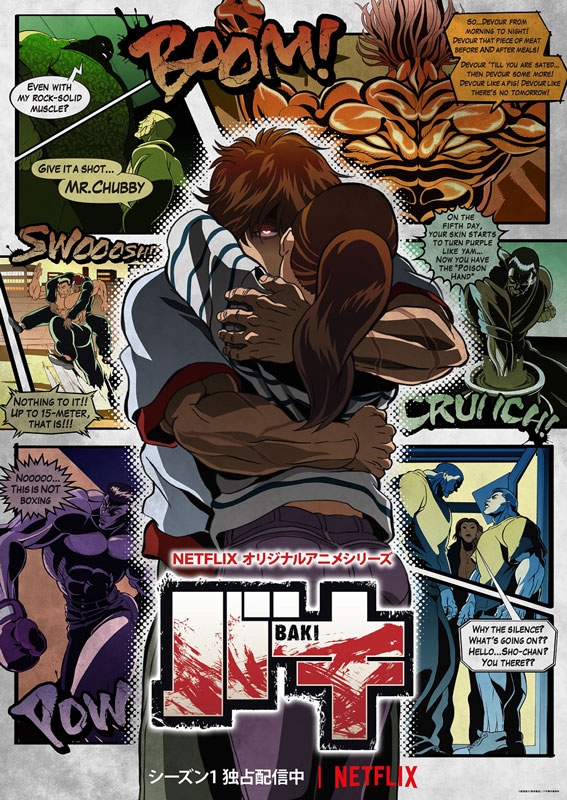 BAKI[/caption]
BAKI[/caption]
[/column]
[/row]
Trayton Scott: What are the results of streaming Japanese animation titles?
John Derderian: It’s a hugely important category for us, for several reasons. One, there is a truly global fandom for anime. What the streamers and Netflix, as part of that, are doing is solving a historical distribution problem for anime, where it wasn’t enormous in any one market, but if you accrue all those fans together, it’s actually quite large worldwide. So, that why it’s really important for us.
It’s also a category that works really well obviously in Japan, as well as other parts of Asia. So for us, it’s a priority to get really good and have the best shows. I don’t know about specific numbers, obviously different categories have different sizes of audience, but for us it’s worth investing. We keep growing our investment year after year and I’m sure we will continue to, because we see a lot of audience appetite for it.
Trayton Scott: Do you have a different strategy for acquiring Japanese animation titles to stream on Netflix compared to American or European animation? How are they different?
[row][column size='2/3']
John Derderian: There are three teams that do animation on Netflix. Original animation, kids & family, which focuses on that kind of audience. Adult animation, which does a lot of comedy programming primarily, but also some edgy animation. And then, anime.
Whatever is considered anime really has to be an anime-styled show, or certainly from Japan. Sometimes you have a show like Castlevania, which is created by non-Japanese artists and storytellers that love anime and really imbue the anime spirit. So for us we call that anime, because we think it’s done in the anime-style. For example, we have LeSean Thomas who we’re partnering with on two shows right now and one of them is Yasuke, in which he’ll work with MAPPA, a great studio in Japan. He’s not a native-born Japanese, he’s from the United States, but he is so deep in love of anime that we consider him a great anime creator.
Our group is programming primarily anime from Japan, such as Japanese anime and manga-based anime, but we’re also programming anime-styled shows from other parts of the world such as studios in other parts of Asia, for example.
[/column]
[column size='1/3']
[caption id="attachment_10875" align="aligncenter" width="567"] Castlevania[/caption]
Castlevania[/caption]
[/column]
[/row]
Hideki Nagaishi: There are some USA companies focusing on streaming only anime, like Crunchyroll and Funimation. Netflix has all kinds of content, including live-action films. What are your thoughts on the differences of your service? What differences will be made more prominent in the future?
John Derderian: We’re always going to be different from Crunchyroll or Funimation, because they’re focused on core fans. They live in a bit of a silo, where basically core anime fans enter the place and spend a lot of time there, and they’re super passionate about it. They also have a ton of anime, much more than we do.
The way we look at it is that we want the core fans to come to Netflix, and they are overlaps in the high subscribership between Crunchyroll and Netflix. A lot of people are subscribed to both. However, we also have this really interesting opportunity to find new fans for anime. When we think about that, we think about what’s the great stuff of anime, the great elements of anime that would excite someone to enter the medium and spend more time with it. And often that’s a heavy genre like sci-fi, fantasy, horror, action-driven fantasy, “Shonen” and “Seinen”projects.
We’re not trying to be Crunchyroll. I don’t think we need to be. We want the most of the best shows, and that’ll be through partnerships with the production committees, but it’ll also be through us, like we did with Devilman Crybaby, of just going to creators or studios or publishers and doing full originals for Netflix. So the goal for those is really to just have the best shows. Hopefully we’re good at picking them and if we can make a compelling proposition to the partner, we can get them.
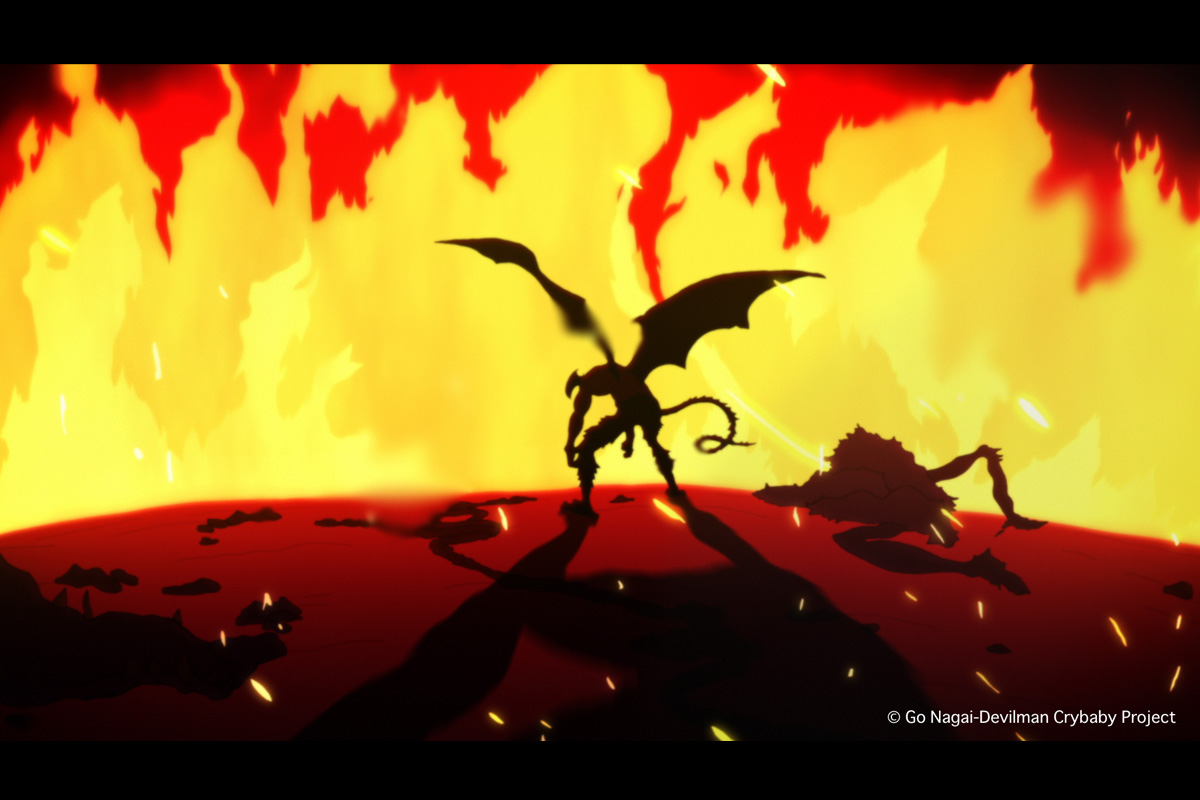
Hideki Nagaishi: At the moment, anime titles on Netflix are more focused on animation for adults. As you know, there are really good anime for kids in Japan, like Doraemon. Do you have any plans to stream those kind of kids’ anime titles in the future?
John Dederian: We stream some of them. That would mostly be our original animation team, with kids and family, licensing this or creating that. If something is for under 10-year-olds, or a certain age limit, we would give it to that team because their overall programming is that category. We would potentially partner with them because we’re in Japan, but overall we’re excited about that type of programming like Doraemon and Crayon Shin-chan,fantastic properties that will be licensed and we would love to have our own versions of them, and the anime team would love to have our own versions of Naruto or One Piece. It’s really just the process of licensing great stuff that we don’t have the ability to make yet, but also trying to find the creators and the studios that can make the next Naruto. That would be a massive win for us, something we would be really excited about. Our subscribers and members would be thrilled to have us program that.
[Continued on page 2]


